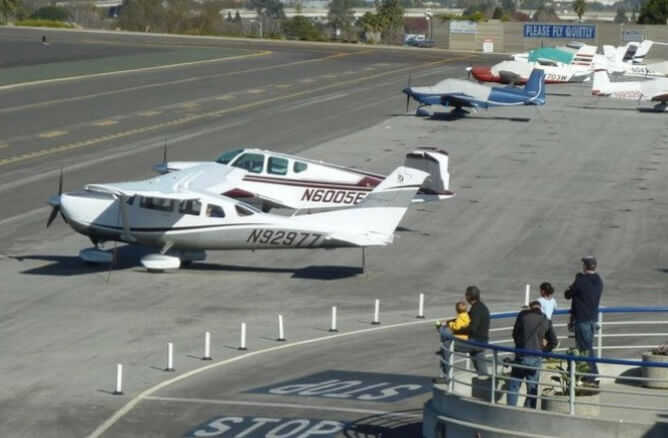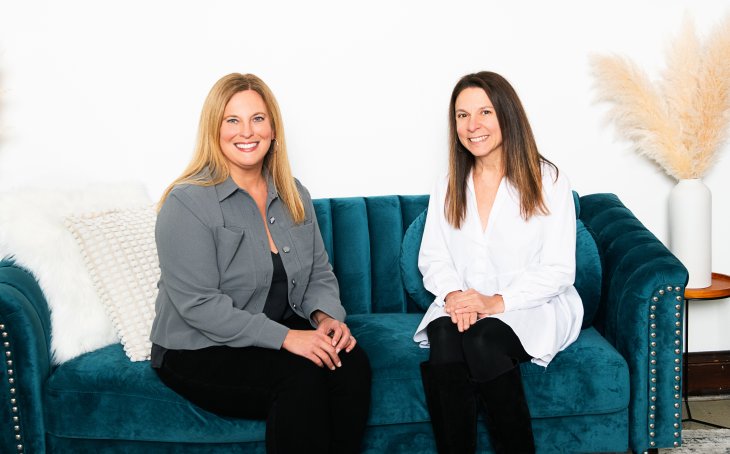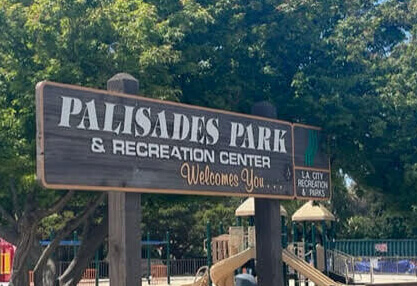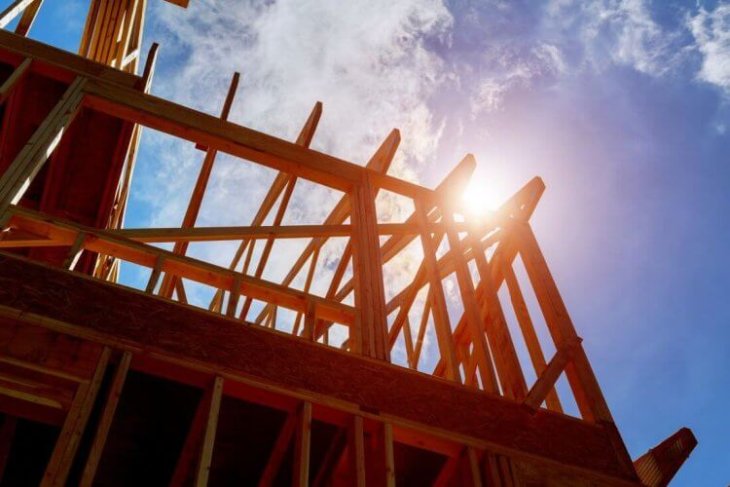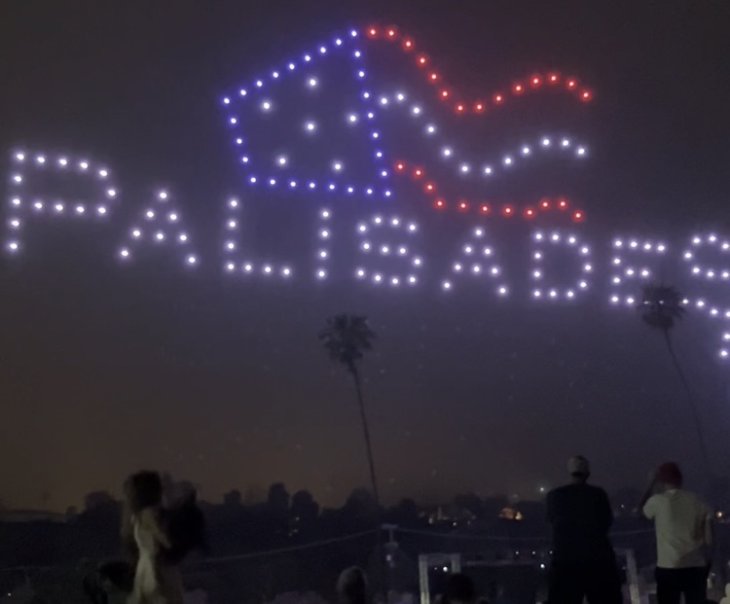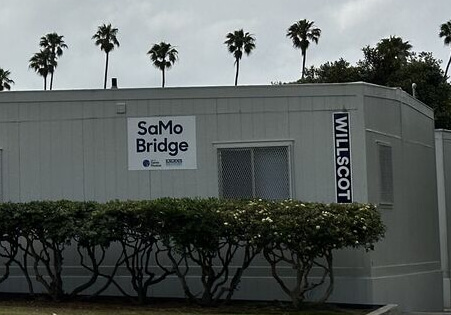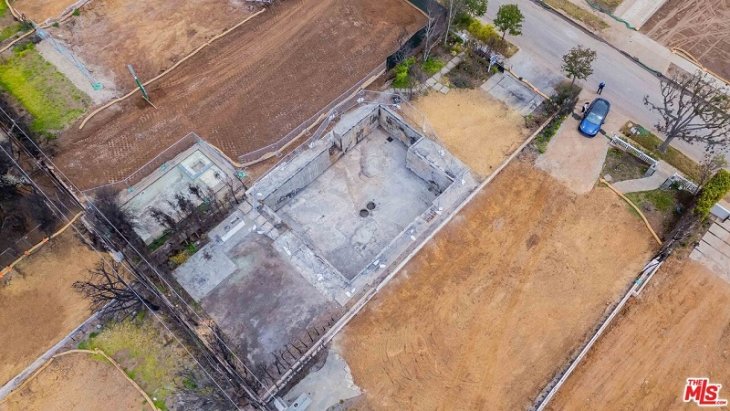Sasaki’s Involvement Spans Five Phases, Culminating with the Presentation of an Alternative to City Council by the end of 2025
In a significant move towards closing the Santa Monica Airport, the City Council approved a pivotal agreement with Sasaki Inc. to evaluate current site conditions, gather public input, and propose future options for the airport land, centered around a “Great Park” aligned with Measure LC.
The city plans to engage Sasaki to aid in the project, alongside hiring a new principal design and planning manager pending Personnel Board approval in January 2024, aiming to commence the Airport Conversion Planning Project early in 2024.
Mayor Phil Brock expressed enthusiasm, stating, “As a Recreation and Parks Commissioner for nearly 14 years, I advocate for more park space. I am impressed by Sasaki and eagerly anticipate the inception of a valuable asset for our community.”
Sasaki’s involvement spans five phases, starting with an extensive review of background materials in Phase 1, culminating with the presentation of a preferred alternative to the City Council by the end of 2025. Each phase will involve public engagement, research, and strategic planning to shape the future of the airport land into a park and recreational area.
The 227-acre airport property, representing nearly five percent of the city’s land area, falls under the guidelines of Measure LC, permitting development solely for parks, public spaces, recreational facilities, and maintenance of existing cultural, arts, and educational uses. The airport is slated for closure for aviation uses after December 31, 2028, as per a resolution passed in 2017.
Here are the five phases:
hase 1, titled “Charting the Course,” involves an in-depth review of background materials. Sasaki’s team will summarize and analyze policy documents, historical and cultural resources, and assess environmental factors, aiming to establish a definitive framework for the project. Additionally, they will gather insights into the community’s initial needs and desires.
“Discovering the Place and Setting the Stage,” Phase 2, calls for a comprehensive assessment of the current environmental conditions, transportation, infrastructure, natural and cultural resources, and regulatory frameworks tied to the airport site. This phase aims to explore funding strategies, create draft guiding principles, and lay the foundation for Phase 3 planning scenarios.
In “Defining the Future of Place,” Phase 3, Sasaki collaborates with the community to explore multiple scenarios for the airport land’s future. The team will generate alternatives aligned with environmental sustainability, financial viability, and community desires. This phase will culminate in the selection of a preferred scenario, taking into account community input and City Council approval.
Moving into Phase 4, “The Path Ahead,” the team will develop a detailed strategy for the phased implementation of the chosen alternative from Phase 3. Additionally, innovative ideas for on-site activations on January 1, 2029, when the city gains possession of the airport land, will be considered. This proposal will undergo City Council review and approval.
Following the City Council’s endorsement of the preferred alternative, Phase 5, titled “Preferred Scenario Plan Vision Book,” will see Sasaki compile a comprehensive document. This document will encompass research data, reports, community outreach summaries, scenario planning alternatives, and detailed implementation steps for the approved plan.


